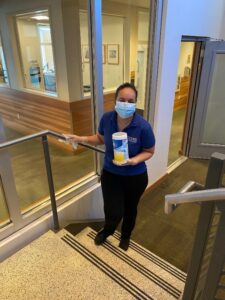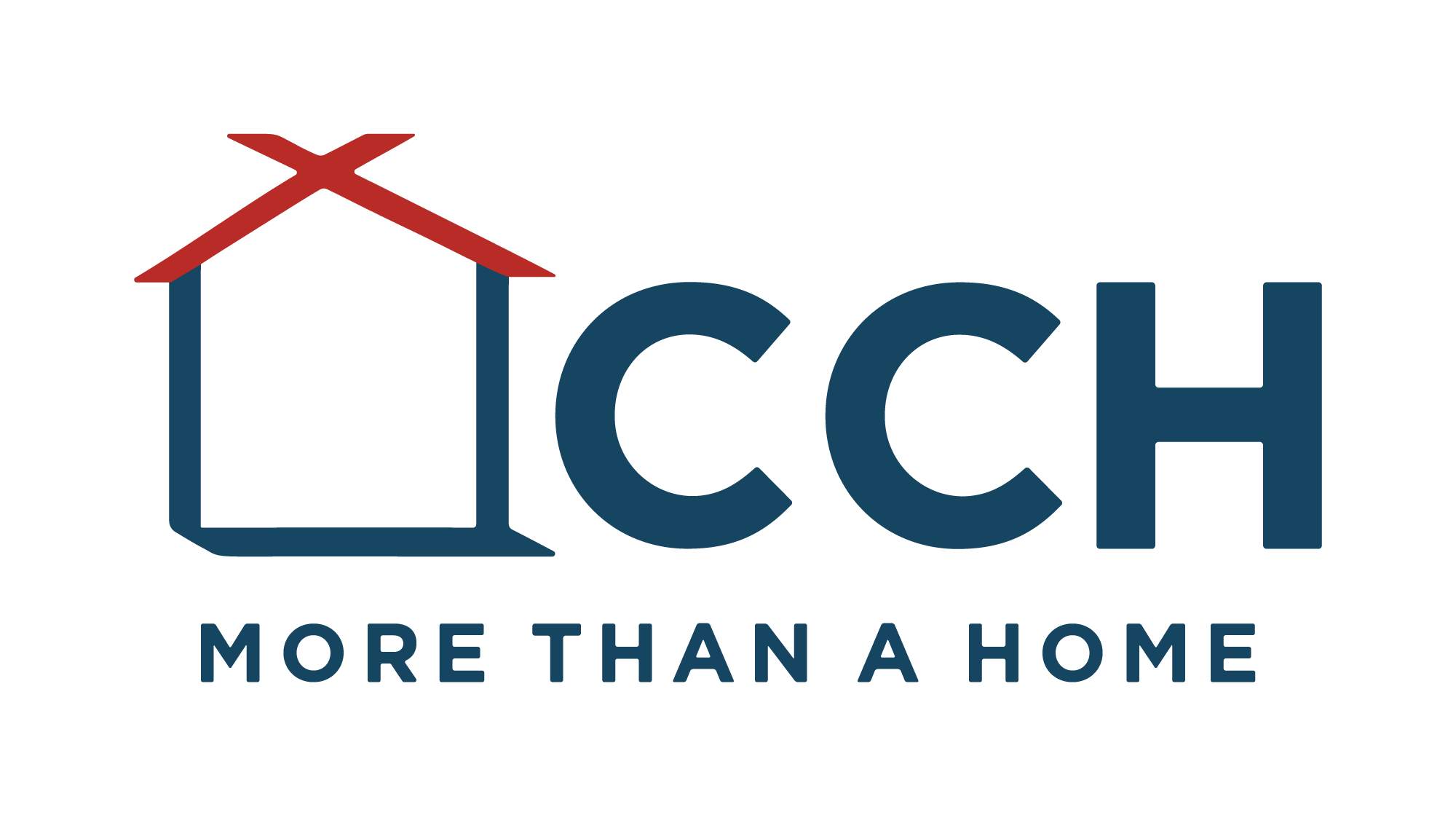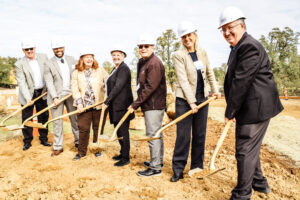The ongoing pandemic has impacted not only our thoughts and actions in regards to health and safety, but also has shown consequences across multiple industries, including affordable housing.
For many years, as baby boomers have aged into their golden years, they often have turned to independent living as an alternative to living on their own. Communal centers traditionally have provided a source of care, companionship and support for older adults. The onset of COVID-19 has exposed systemic issues potentially affecting services for older adults. While initial news reports focused on the outbreak of COVID-19 at nursing homes, congregate settings including assisted living and independent living, as well as home and community-based services have been impacted. The pandemic has underscored that all these communities are central to the care and support of older adults. Their core services, however, are often underfunded, under-prioritized and overlooked. The pandemic has spotlighted this need and also the impact of social isolation, regardless of the setting, racial group, or socio-economic status.
 In an effort to keep older residents safe, rules across the housing spectrum have changed. Many seniors who were used to group activities, socializing with their neighbors and enjoying visits with family and friends have found new protocols in effect. Recreational and communal dining areas have closed; visitation policies changed and COVID-19 protocols for mask wearing and social distancing have become the new norm. This type of radical change can be difficult for many to of us accept and is especially hard on older adults. The impact can lead to an increased sense of isolation, loneliness and a perceived reversal of benefits associated with communal living.
In an effort to keep older residents safe, rules across the housing spectrum have changed. Many seniors who were used to group activities, socializing with their neighbors and enjoying visits with family and friends have found new protocols in effect. Recreational and communal dining areas have closed; visitation policies changed and COVID-19 protocols for mask wearing and social distancing have become the new norm. This type of radical change can be difficult for many to of us accept and is especially hard on older adults. The impact can lead to an increased sense of isolation, loneliness and a perceived reversal of benefits associated with communal living.
The status change has caused some residents to reconsider their options and to move in with relatives or make other arrangements where possible. Occupancy rates in senior communities dipped nationally for the first time in many years. During the first months following the onset of the pandemic, the National Investment Center for Seniors Housing and Care recorded a 0.9 percent point decline in senior living accommodations. The impact has been less severe among independent living properties which experienced a 0.6 percentage point decrease. On the positive side, the initial decline in occupancy rates appears to have stabilized as the nation has grown more accustomed to the new norm.
The skyrocketing cost of housing and the need to fund more affordable housing makes it less likely that low-income residents will be able to make drastic changes. Yet, due diligence is required by those in the affordable housing arena to monitor trends brought about by COVID-19.
In a recent letter to HUD, affordable housing advocates noted that senior living providers are doing everything they can to protect their residents during the COVID-19 crisis. These actions, however, come at a cost that can affect both revenue and expenses. Some projections show labor cost increasing by more than 20% and supply cost increasing by more than 100%, mostly as a result of increased sanitation requirements.
Even as vaccines come on board and the nation slowly begins to return to a more “normal” state, it is projected senior living communities will continue to feel the impact that could be anywhere from $40 billion to more than $50 billion. It is expected that this crisis will continue until the vaccine takes full effect. The good news is that the long term prospect for affordable housing looks bright as seniors continue to favor senior living to provide the support services they need and the socialization they want.
In the interim, the continued success of affordable housing requires communities to remain vigilant in not only implementing appropriate safety protocols but in developing creative means to keep residents engaged. At CCH, this includes teaming with community organizations, such as local food banks and community centers, to ensure residents have the necessary resources and supplies they need. Additionally, CCH’s has highly skilled social service coordinators to promote onsite activities to thwart pandemic fatigue and help keep residents engaged in a safe manner.
“At CCH, our goal is to find creative ways to meet our resident’s needs and to come through this pandemic together,” shares CCH President and CEO Syd Najeeb. “In addition to meeting our financial obligations, it’s important that our residents feel safe and cared for. In this way, we are able to maintain a sense of home in compensating somewhat for the inconvenience and uncertainties of living life in the pandemic bubble.”



